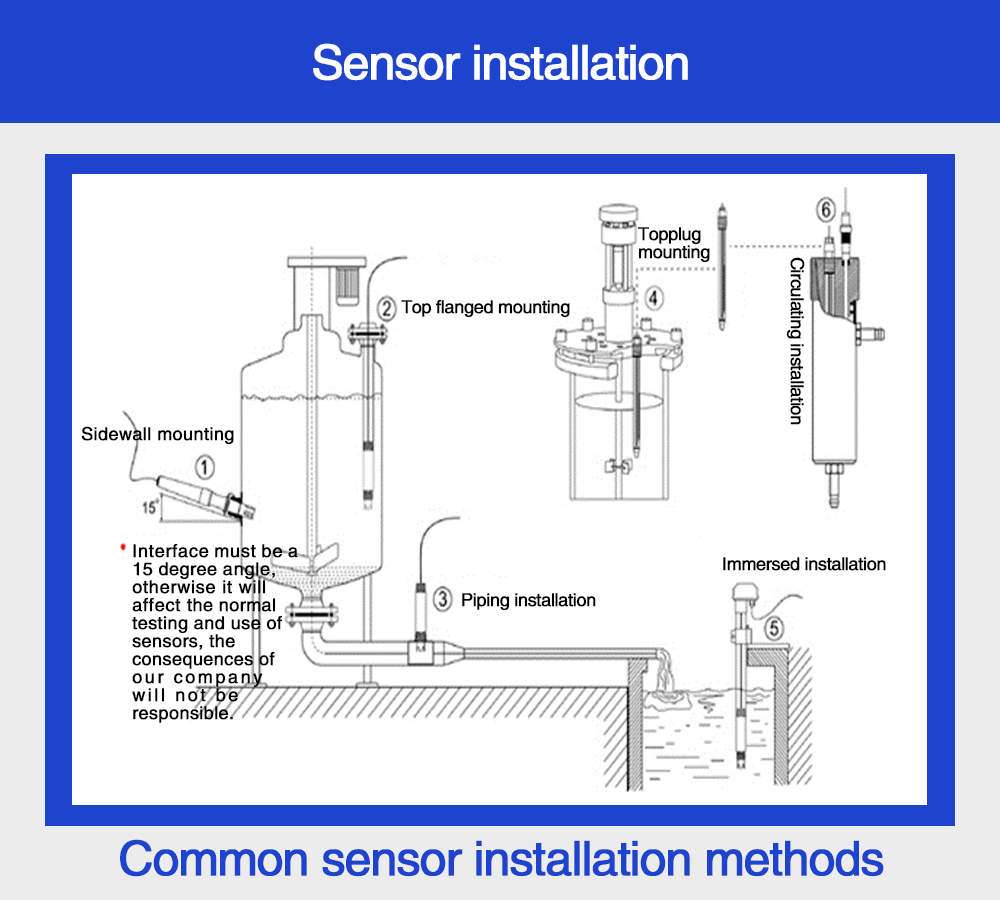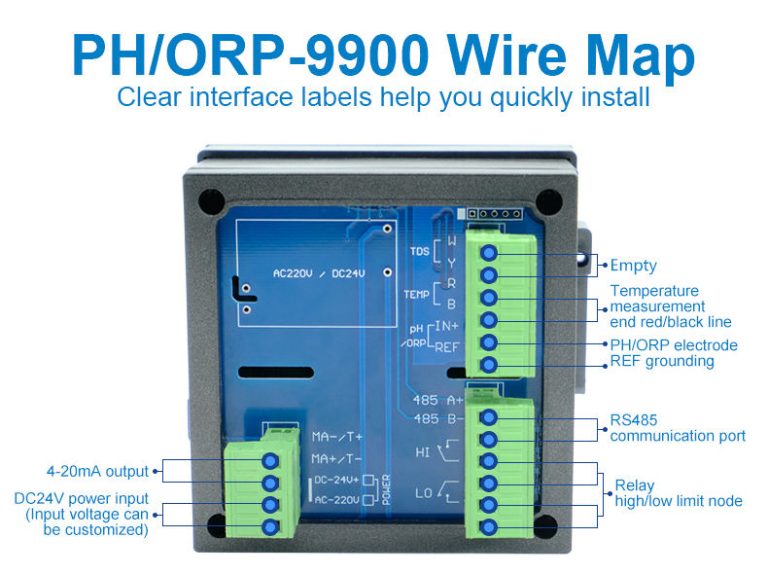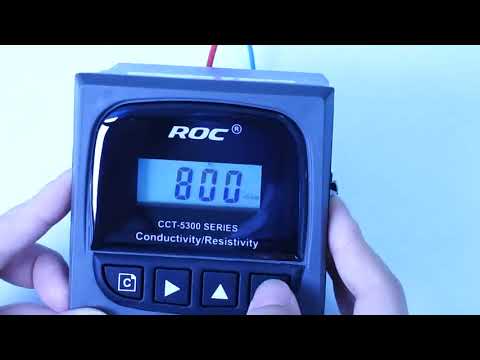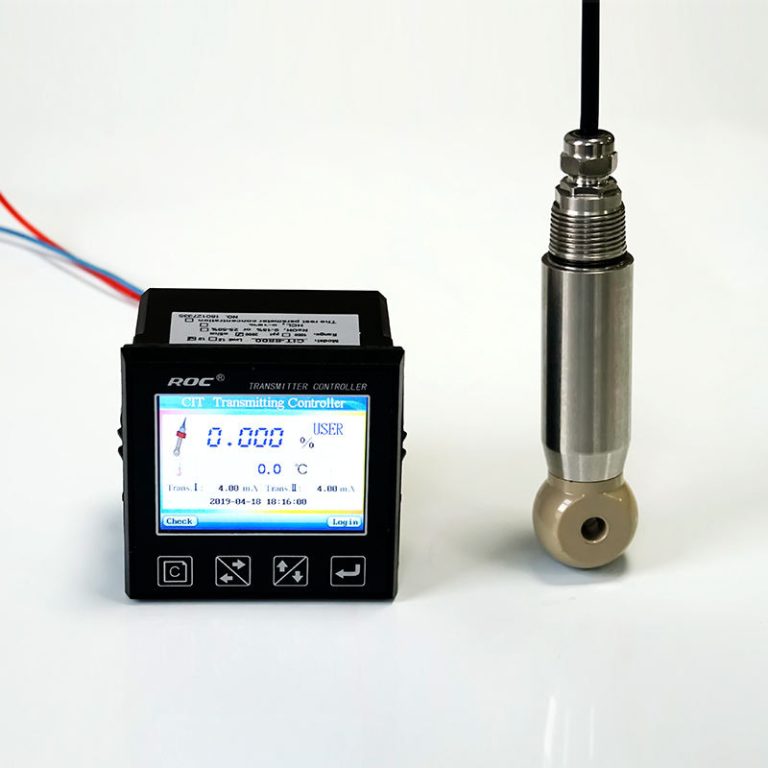Table of Contents
Benefits of Using a 3 in 1 TDS Meter for Water Quality Testing
Water quality is a crucial aspect of our daily lives, as it directly impacts our health and well-being. One of the most effective tools for testing water quality is a Total Dissolved Solids (TDS) meter. These devices measure the concentration of dissolved solids in water, providing valuable information about its purity. While traditional TDS meters only measure the total dissolved solids in water, a 3 in 1 TDS meter offers additional features that make it a versatile and convenient tool for water quality testing.
| ROS-360 Water Treatment RO Programmer Controller | ||
| Model | ROS-360 Single Stage | ROS-360 Double Stage |
| Measuring range | Source water0~2000uS/cm | Source water0~2000uS/cm |
| \\u3000 | First level effluent 0~1000uS/cm | First level effluent 0~1000uS/cm |
| \\u3000 | secondary effluent 0~100uS/cm | secondary effluent 0~100uS/cm |
| Pressure sensor(optional) | Membrane pre/post pressure | Primary/ secondary membrane front/rear pressure |
| Flow Sensor(optional) | 2 channels (Inlet/outlet flow rate) | 3 channels (source water, primary flow,secondary flow) |
| IO input | 1.Raw water low pressure | 1.Raw water low pressure |
| \\u3000 | 2.Primary booster pump inlet low pressure | 2.Primary booster pump inlet low pressure |
| \\u3000 | 3.Primary booster pump outlet high pressure | 3.Primary booster pump outlet high pressure |
| \\u3000 | 4.High liquid level of Level 1 tank | 4.High liquid level of Level 1 tank |
| \\u3000 | 5.Low liquid level of Level 1 tank | 5.Low liquid level of Level 1 tank |
| \\u3000 | 6.Preprocessing signal\\u00a0 | 6.2nd booster pump outlet high pressure |
| \\u3000 | \\u3000 | 7.High liquid level of Level 2 tank |
| \\u3000 | \\u3000 | 8.Preprocessing signal |
| Relay output (passive) | 1.Water inlet valve | 1.Water inlet valve |
| \\u3000 | 2.Source water pump | 2.Source water pump |
| \\u3000 | 3.Booster pump | 3.Primary booster pump |
| \\u3000 | 4.Flush valve | 4.Primary flush valve |
| \\u3000 | 5.Water over standard discharge valve | 5.Primary water over standard discharge valve |
| \\u3000 | 6.Alarm output node | 6.Secondary booster pump |
| \\u3000 | 7.Manual standby pump | 7.Secondary flush valve |
| \\u3000 | \\u3000 | 8.Secondary water over standard discharge valve |
| \\u3000 | \\u3000 | 9.Alarm output node |
| \\u3000 | \\u3000 | 10.Manual standby pump |
| The main function | 1.Correction of electrode constant | 1.Correction of electrode constant |
| \\u3000 | 2.TDS alarm setting | 2.TDS alarm setting |
| \\u3000 | 3.All working mode time can be set | 3.All working mode time can be set |
| \\u3000 | 4.High and low pressure flushing mode setting | 4.High and low pressure flushing mode setting |
| \\u3000 | 5.Manual/automatic can be chosen when boot up | 5.Manual/automatic can be chosen when boot up |
| \\u3000 | 6.Manual debugging mode | 6.Manual debugging mode |
| \\u3000 | 7.Spare parts time management | 7.Spare parts time management |
| Expansion interface | 1.Reserved relay output | 1.Reserved relay output |
| \\u3000 | 2.RS485 communication | 2.RS485 communication |
| Power supply | DC24V\\u00b110% | DC24V\\u00b110% |
| Relative humidity | \\u226685% | \\u226485% |
| Environment temperature | 0~50\\u2103 | 0~50\\u2103 |
| Touch screen size | Touch screen size: 7 inches 203*149*48mm (Hx Wx D) | Touch screen size: 7 inches 203*149*48mm (Hx Wx D) |
| Hole Size | 190x136mm(HxW) | 190x136mm(HxW) |
| Installation | Embedded | Embedded |
One of the key benefits of using a 3 in 1 TDS meter is its ability to measure not only the total dissolved solids in water but also the temperature and conductivity. Temperature can have a significant impact on water quality, as it can affect the solubility of certain substances. By measuring the temperature of the water, a 3 in 1 TDS meter can provide more accurate readings of the dissolved solids present. Additionally, conductivity is a measure of how well water can conduct electricity, which is directly related to the concentration of dissolved ions in the water. By measuring conductivity, a 3 in 1 TDS meter can provide a more comprehensive analysis of water quality.
Another advantage of using a 3 in 1 TDS meter is its ease of use and portability. These devices are typically compact and lightweight, making them easy to carry around and use in various settings. Whether you are testing the water quality of your home, office, or outdoor environment, a 3 in 1 TDS meter can provide quick and accurate results. Additionally, many 3 in 1 TDS meters come with a digital display that makes it easy to read and interpret the results. This user-friendly design makes it accessible to a wide range of users, from homeowners to professionals in the water treatment industry.
In addition to its convenience and versatility, a 3 in 1 TDS meter is also a cost-effective solution for water quality testing. Traditional TDS meters can be expensive and may require separate devices for measuring temperature and conductivity. By investing in a 3 in 1 TDS meter, you can save money and space by having all three functions in one device. This not only makes it a more economical choice but also a more practical one for those who need to test water quality regularly.
Overall, the benefits of using a 3 in 1 TDS meter for water quality testing are clear. From its ability to measure total dissolved solids, temperature, and conductivity to its ease of use and cost-effectiveness, a 3 in 1 TDS meter is a valuable tool for ensuring the purity of your water. Whether you are a homeowner concerned about the quality of your drinking water or a professional in the water treatment industry, a 3 in 1 TDS meter can provide the accurate and reliable results you need. Consider investing in a 3 in 1 TDS meter today to take control of your water quality testing needs.
How to Calibrate and Maintain Your 3 in 1 TDS Meter for Accurate Readings
A 3 in 1 TDS meter is a versatile tool that can measure the total dissolved solids (TDS), temperature, and conductivity of a liquid. It is commonly used in various industries such as agriculture, aquaculture, and water treatment to ensure the quality of water. To obtain accurate readings from your 3 in 1 TDS meter, it is essential to calibrate and maintain it regularly.
Calibrating your 3 in 1 TDS meter is crucial to ensure the accuracy of the readings. Calibration involves adjusting the meter to a known standard solution to ensure that it is measuring correctly. To calibrate your TDS meter, you will need a calibration solution with a known TDS value. Most TDS meters come with calibration solutions, but you can also purchase them separately.
To calibrate your 3 in 1 TDS meter, start by turning it on and placing it in the calibration solution. Follow the manufacturer’s instructions on how to calibrate the meter. Typically, you will need to press a button or turn a dial to adjust the reading to match the known TDS value of the calibration solution. Once the meter is calibrated, rinse it with distilled water to remove any residue from the calibration solution.

It is recommended to calibrate your 3 in 1 TDS meter regularly, especially if you use it frequently or if you notice any inconsistencies in the readings. A good rule of thumb is to calibrate the meter at least once a month or whenever you switch to a different type of solution.
In addition to calibration, proper maintenance of your 3 in 1 TDS meter is essential to ensure its longevity and accuracy. After each use, rinse the meter with distilled water to remove any residue or contaminants. Avoid using harsh chemicals or abrasive materials to clean the meter, as this can damage the sensitive components.
Store your 3 in 1 TDS meter in a cool, dry place away from direct sunlight and extreme temperatures. Avoid dropping or mishandling the meter, as this can cause damage to the internal components. If you notice any signs of damage or malfunction, contact the manufacturer for repair or replacement.
Regularly check the batteries of your 3 in 1 TDS meter and replace them as needed. Low batteries can affect the accuracy of the readings, so it is important to keep them fresh. Some TDS meters come with an automatic shut-off feature to conserve battery life, but it is still a good practice to check the batteries regularly.
In conclusion, calibrating and maintaining your 3 in 1 TDS meter is essential to ensure accurate readings and reliable performance. By following the manufacturer’s instructions for calibration and proper maintenance, you can prolong the life of your TDS meter and obtain consistent results. Remember to calibrate the meter regularly, clean it after each use, and store it properly to maintain its accuracy and functionality. With proper care and maintenance, your 3 in 1 TDS meter will continue to provide accurate readings for years to come.







